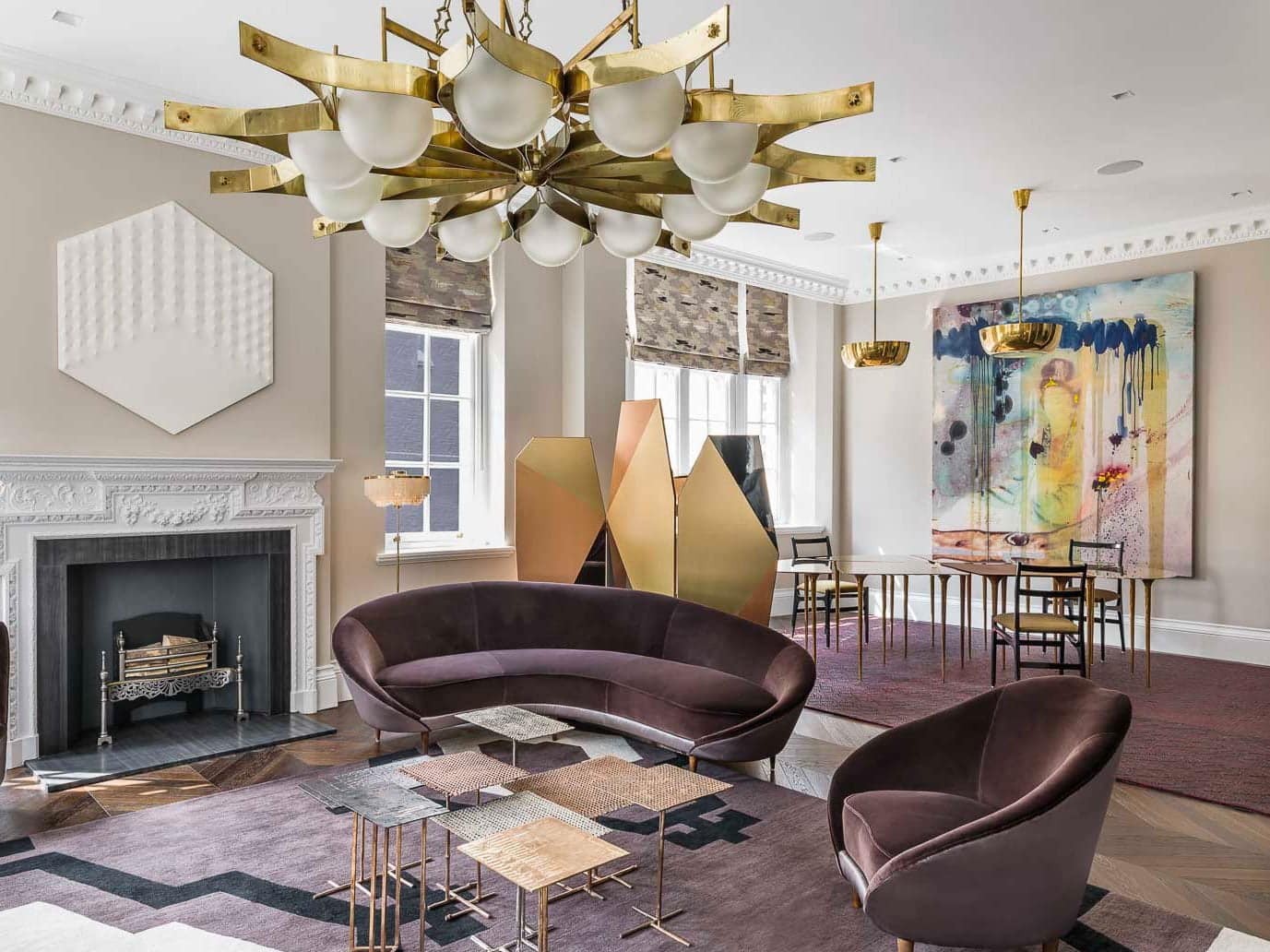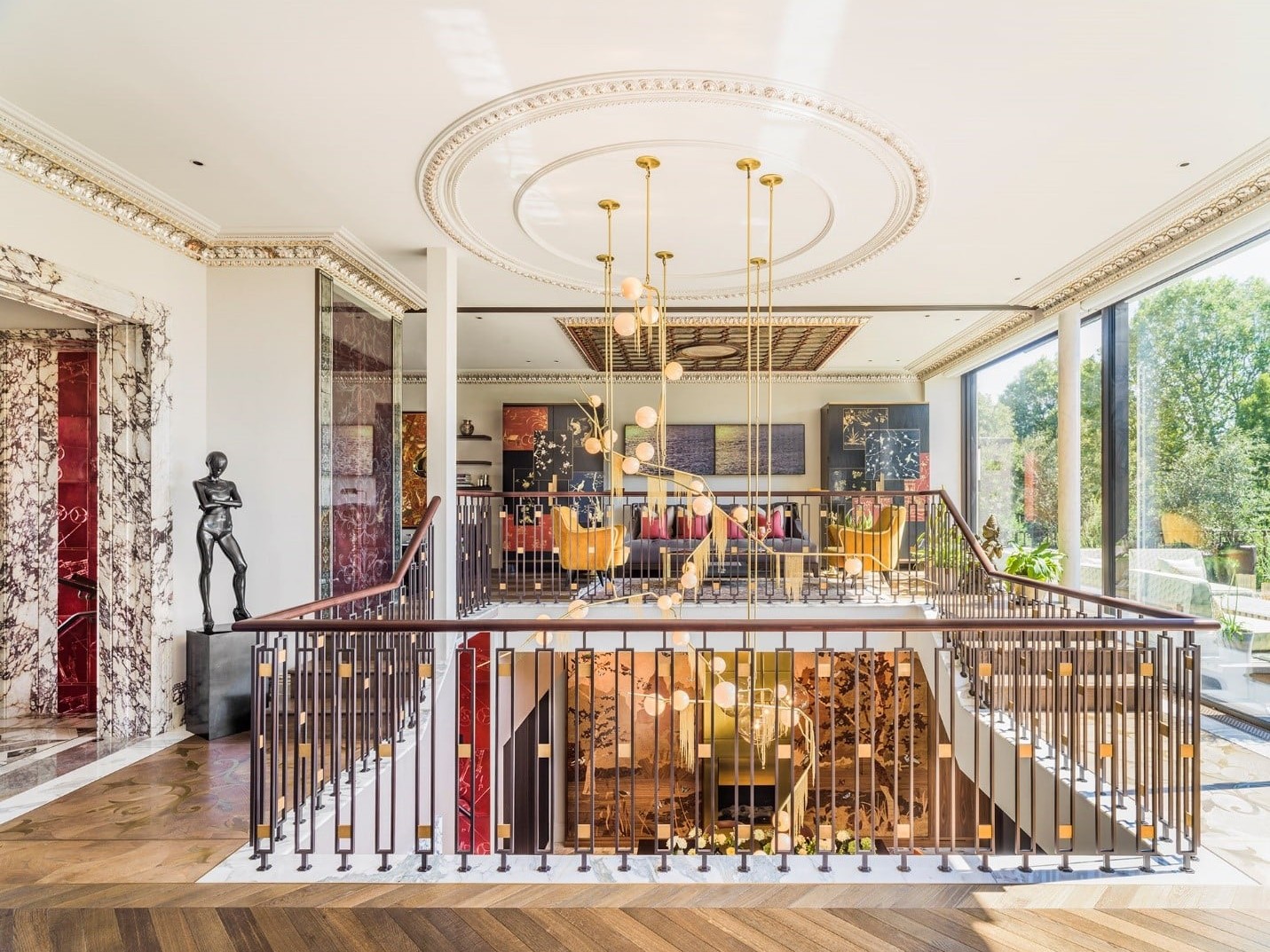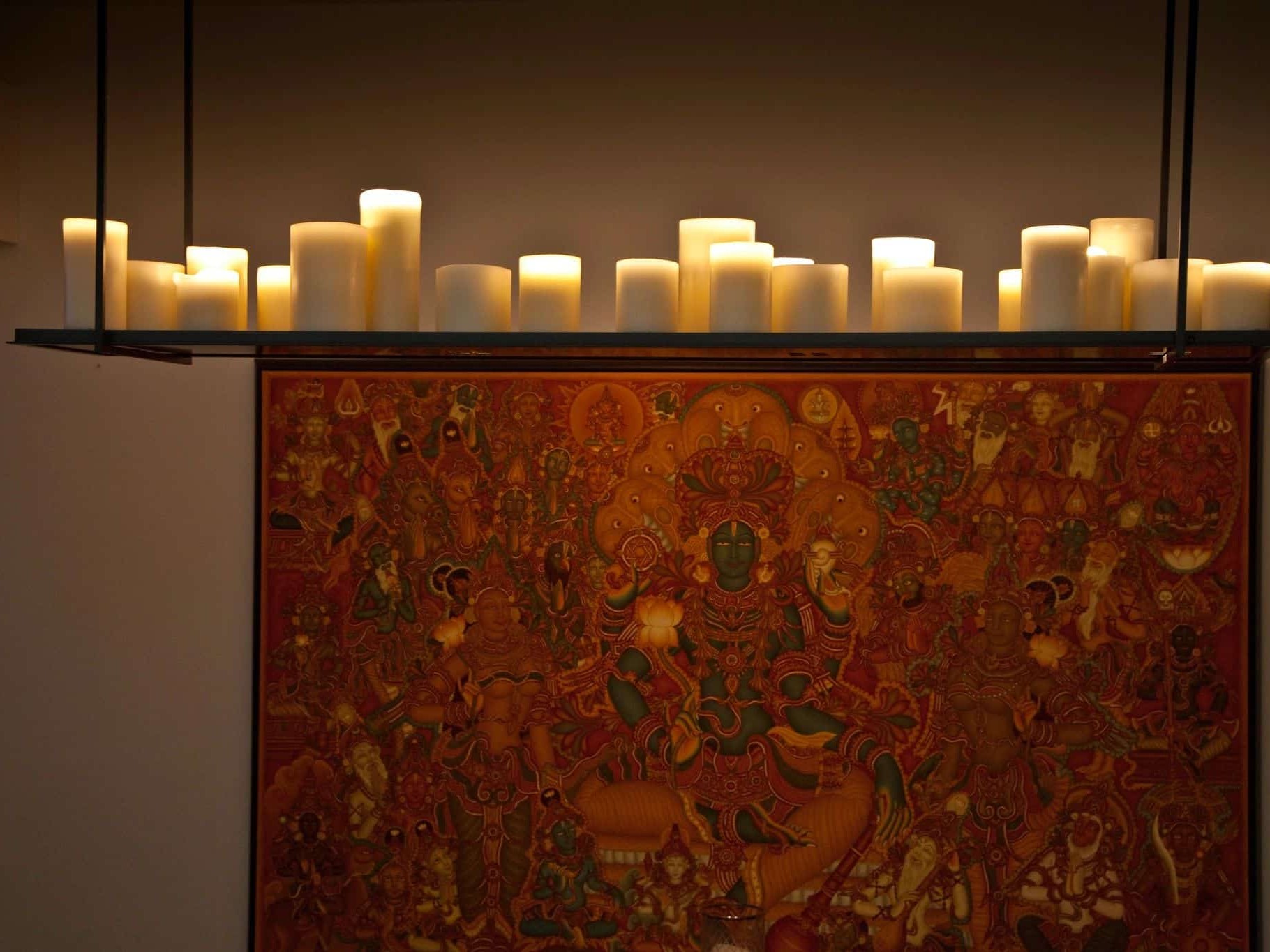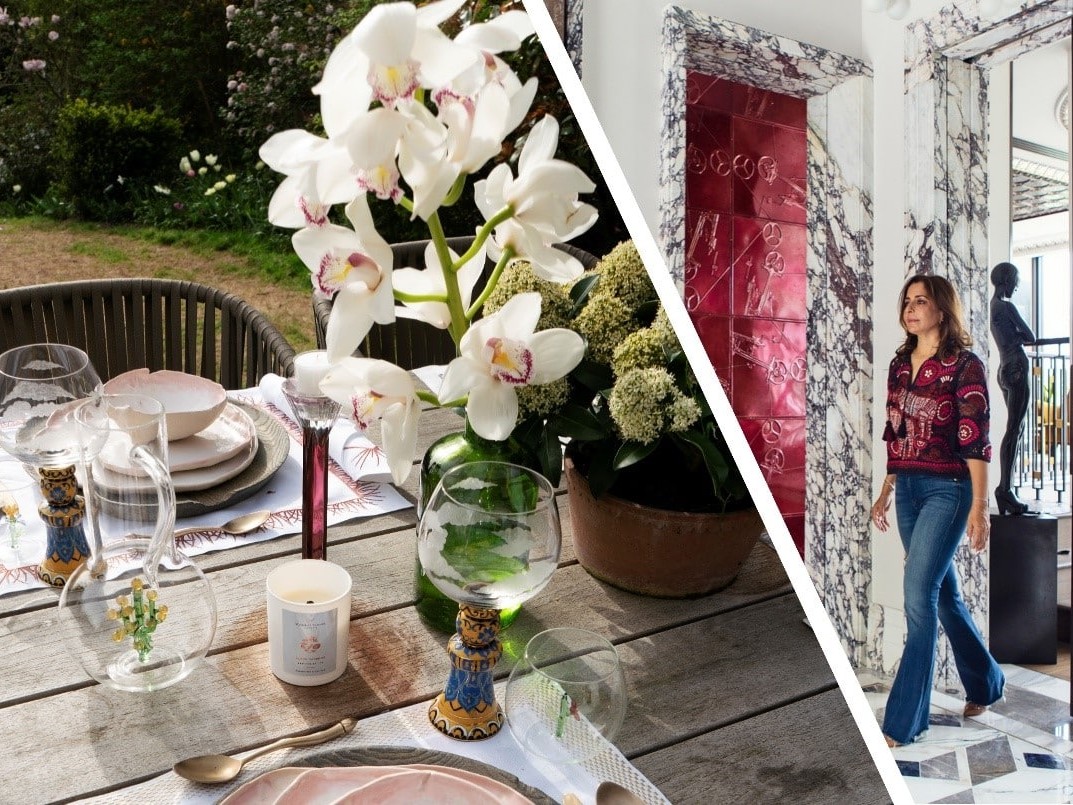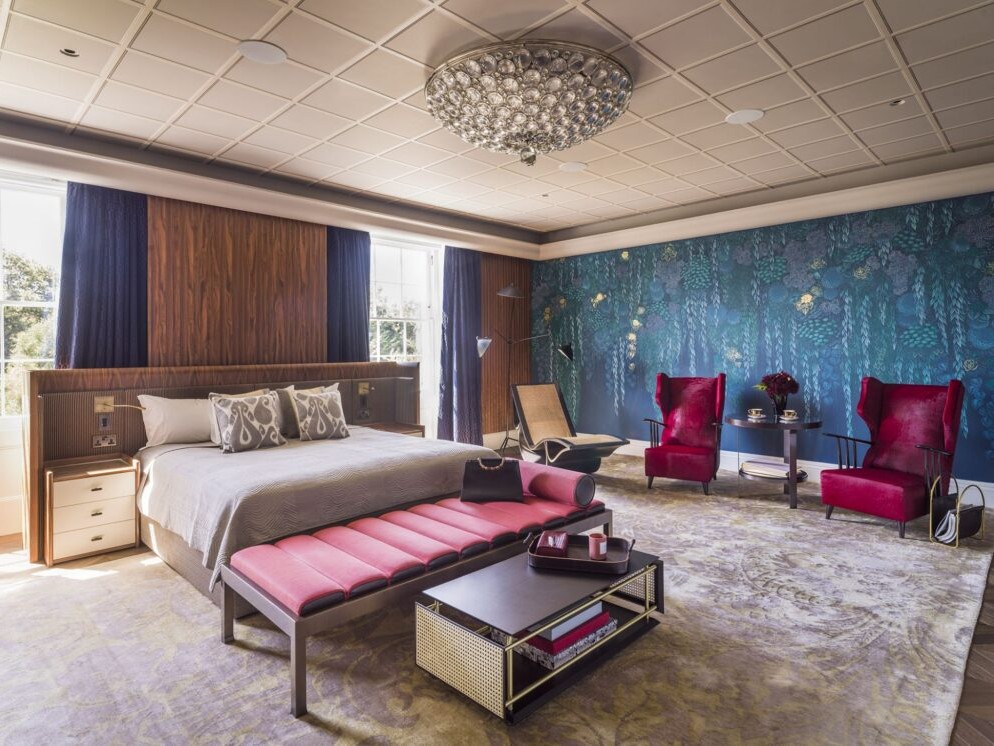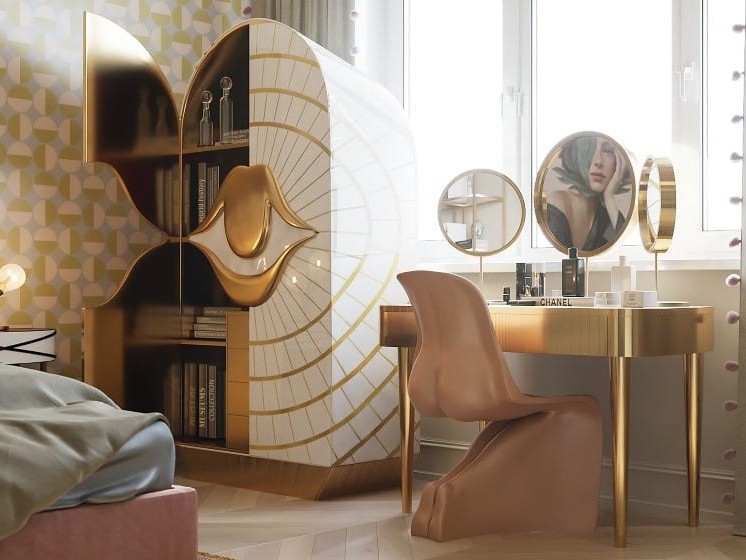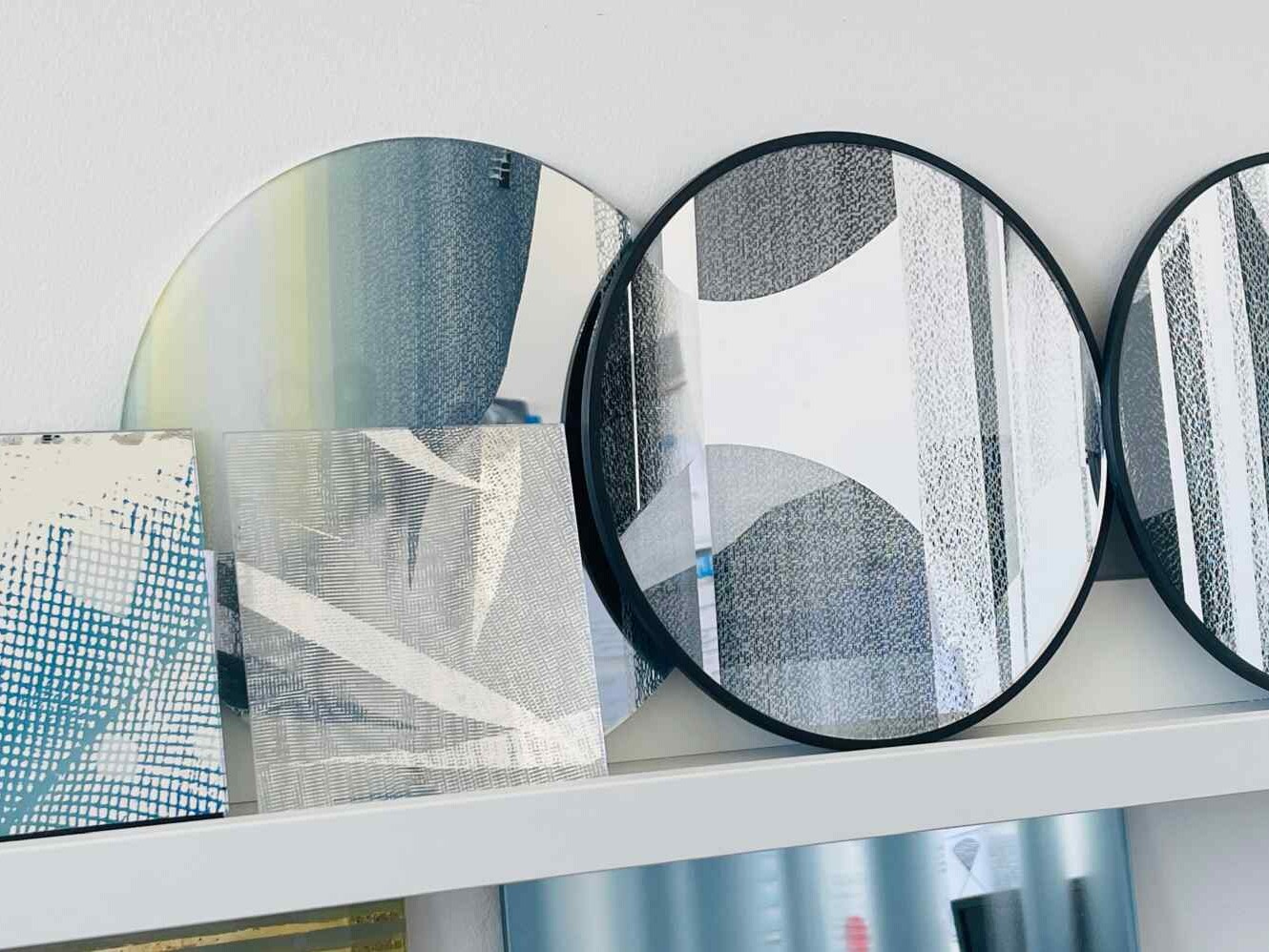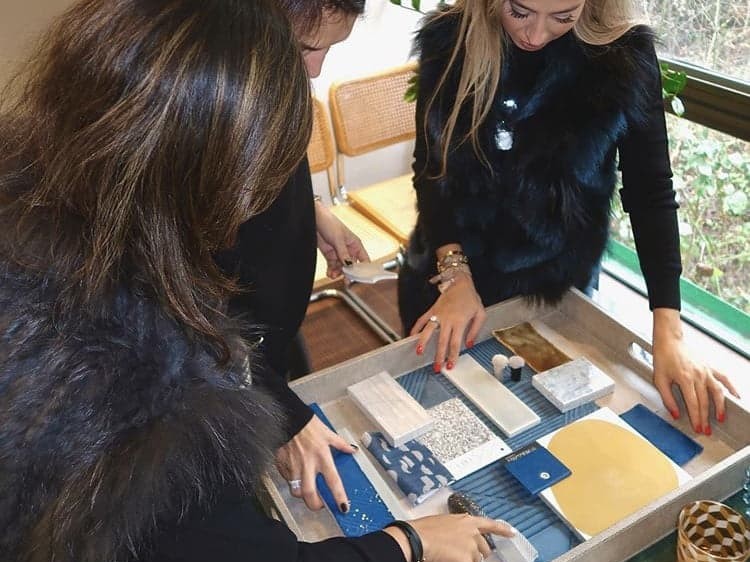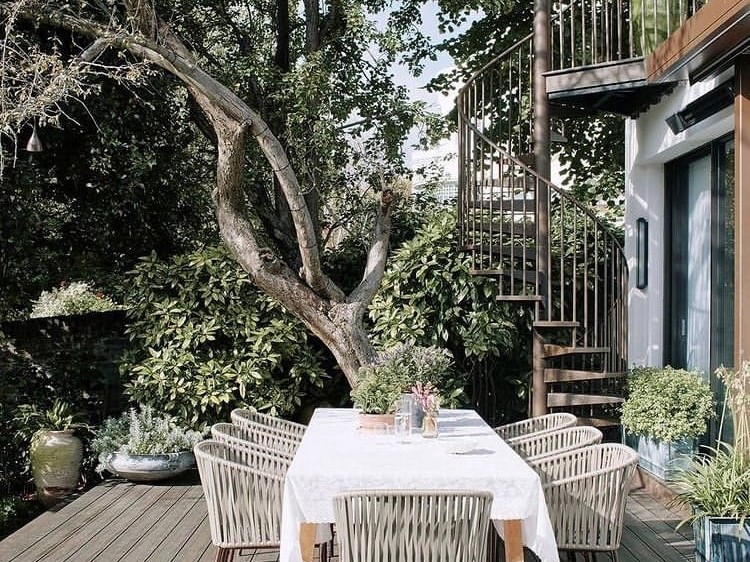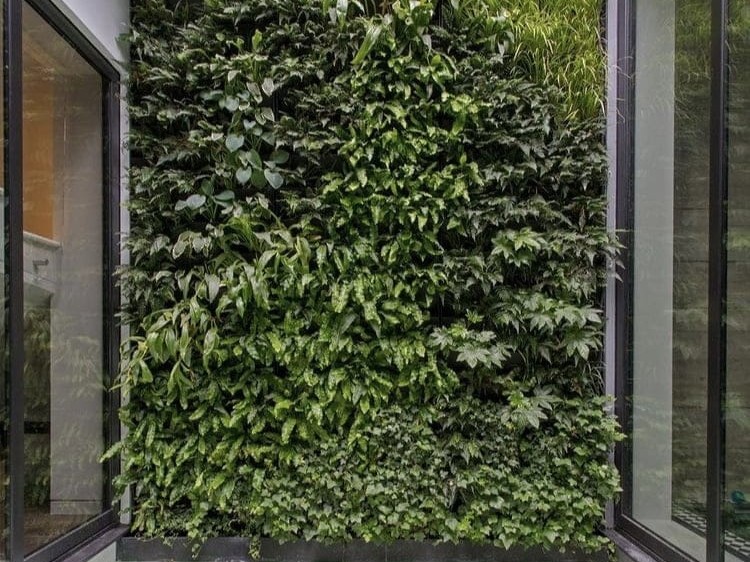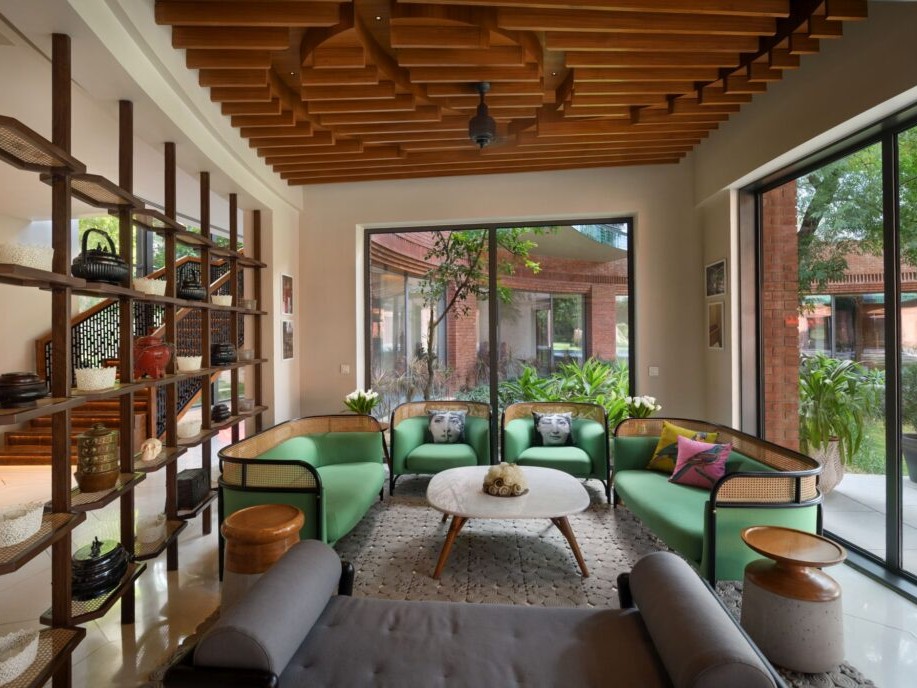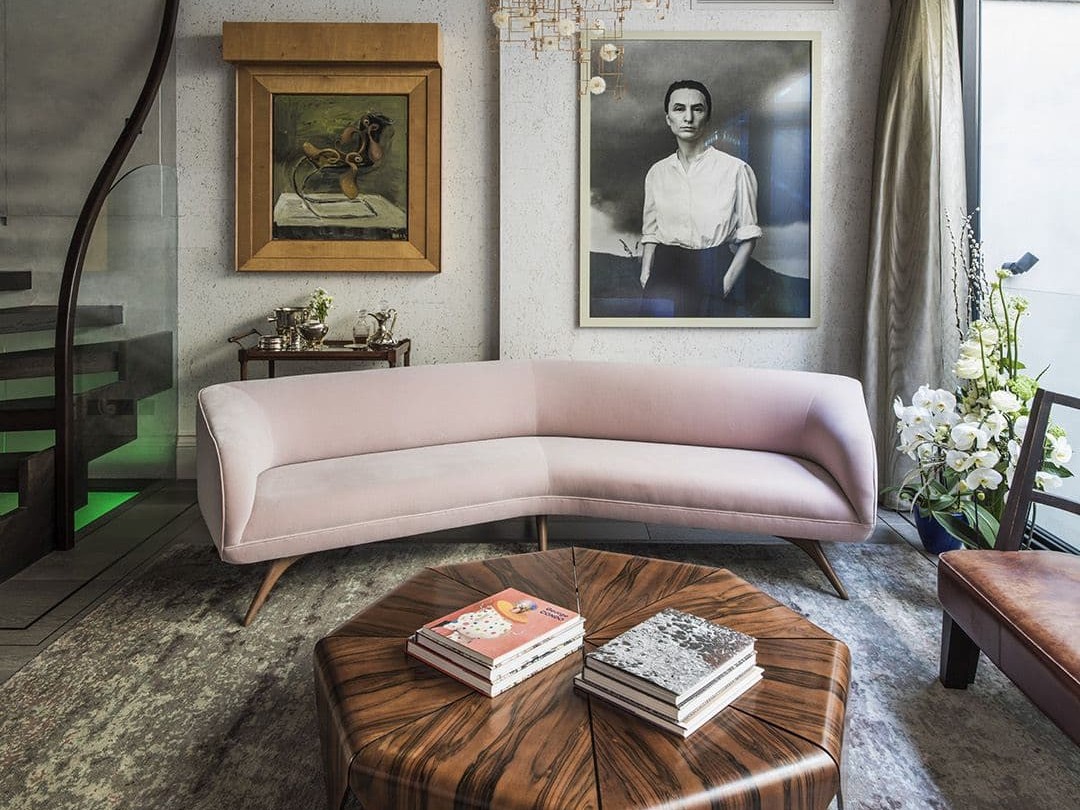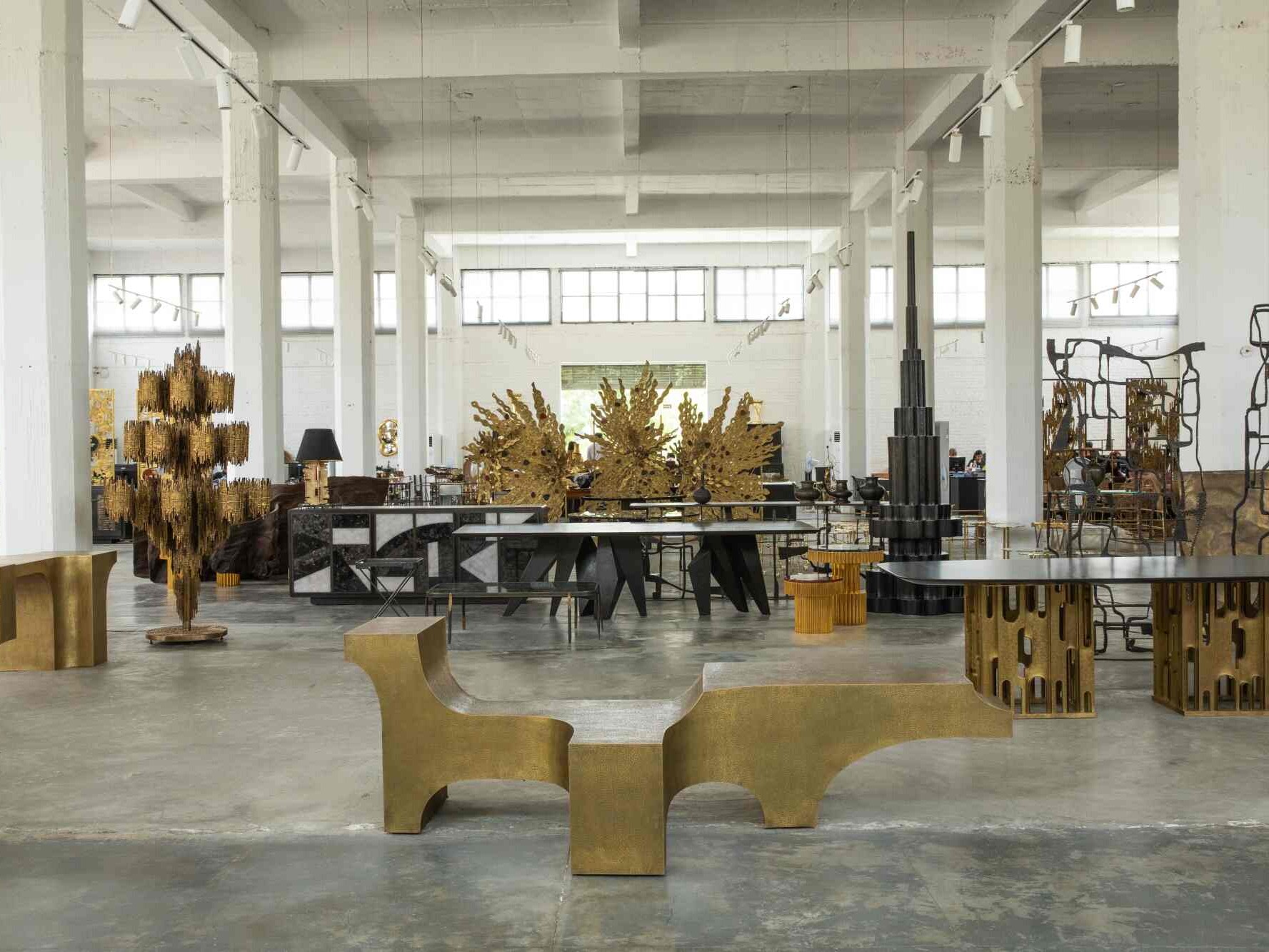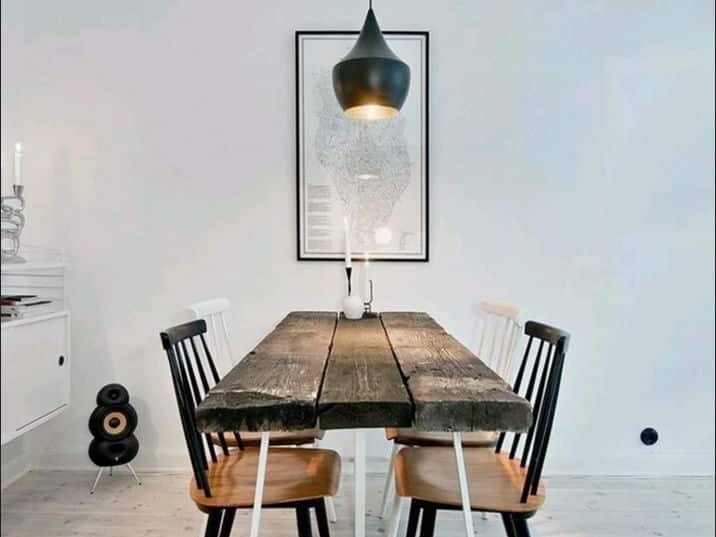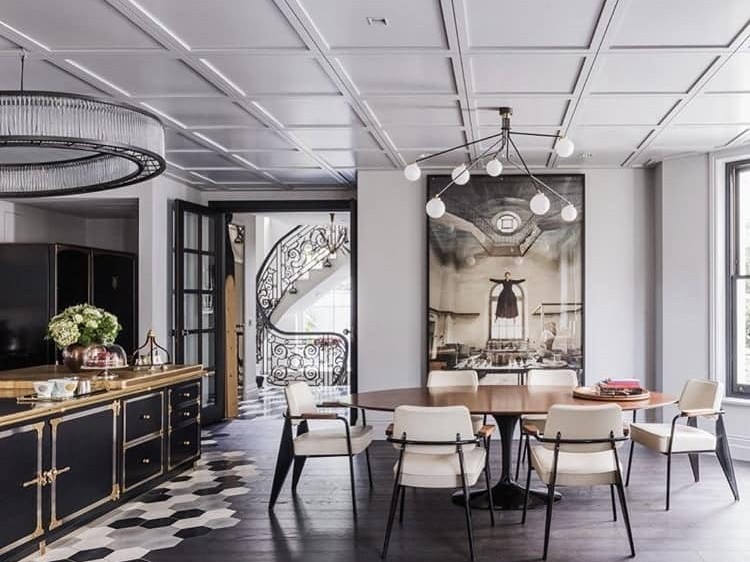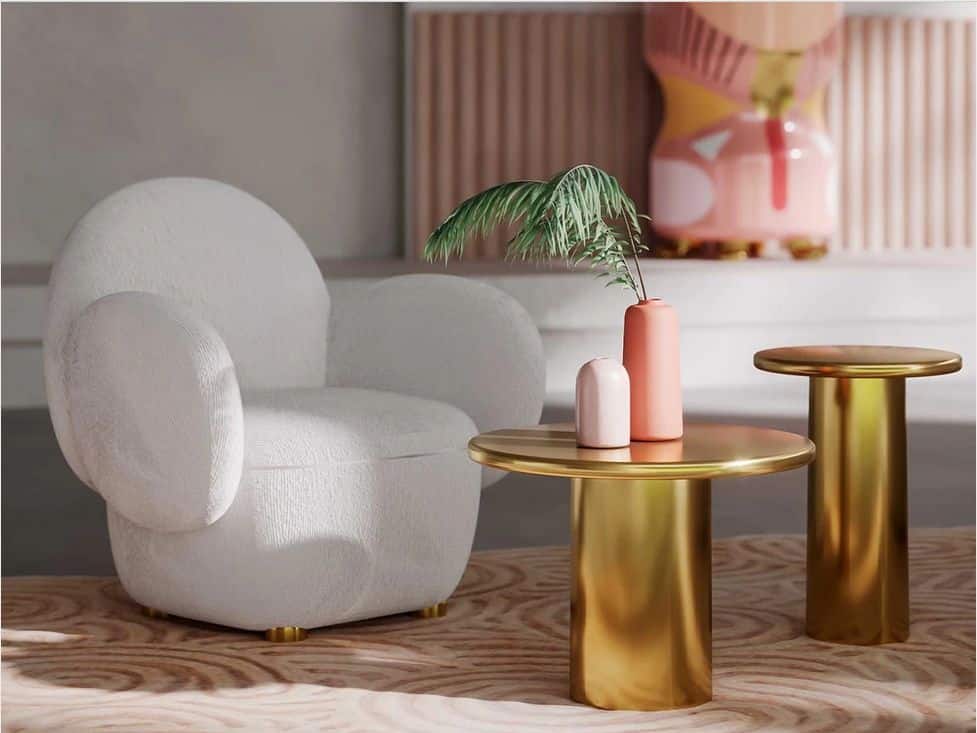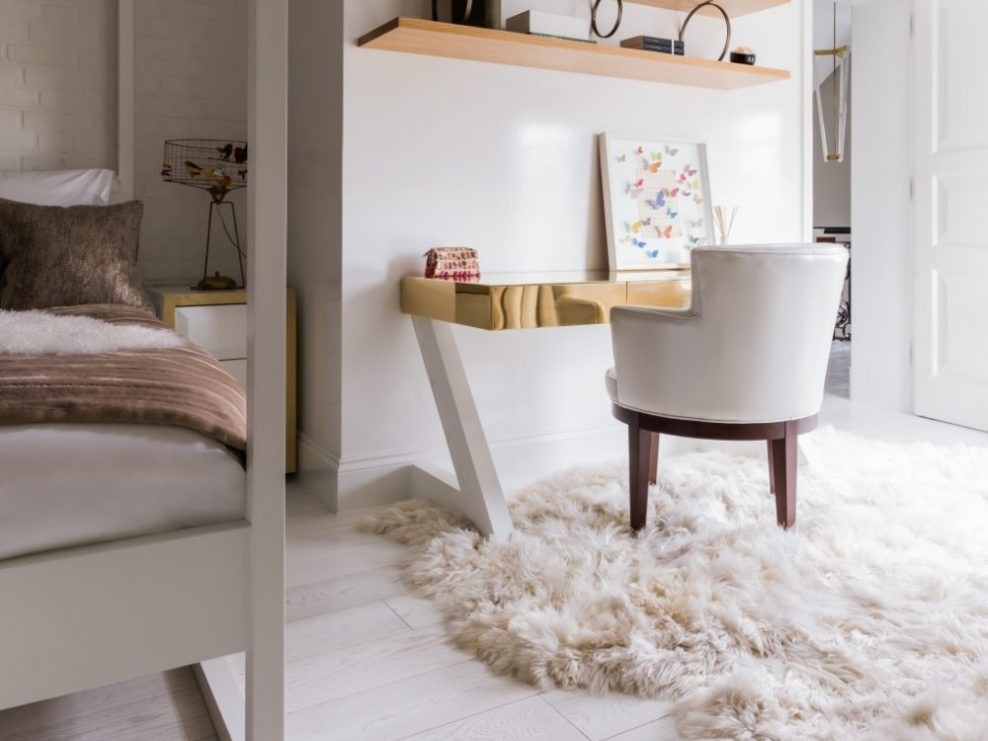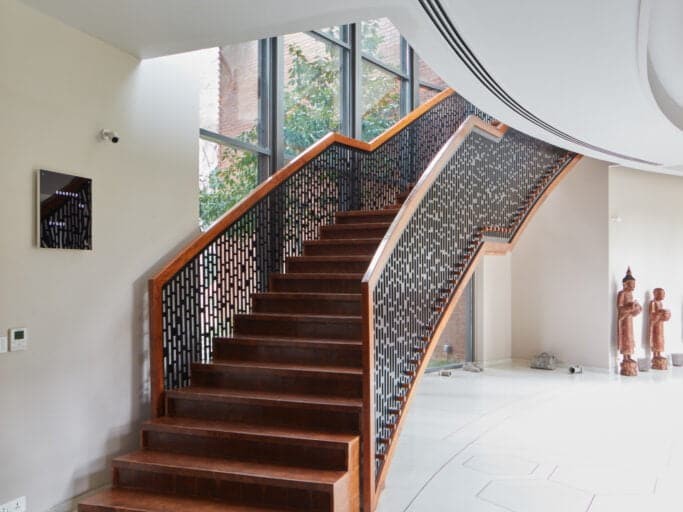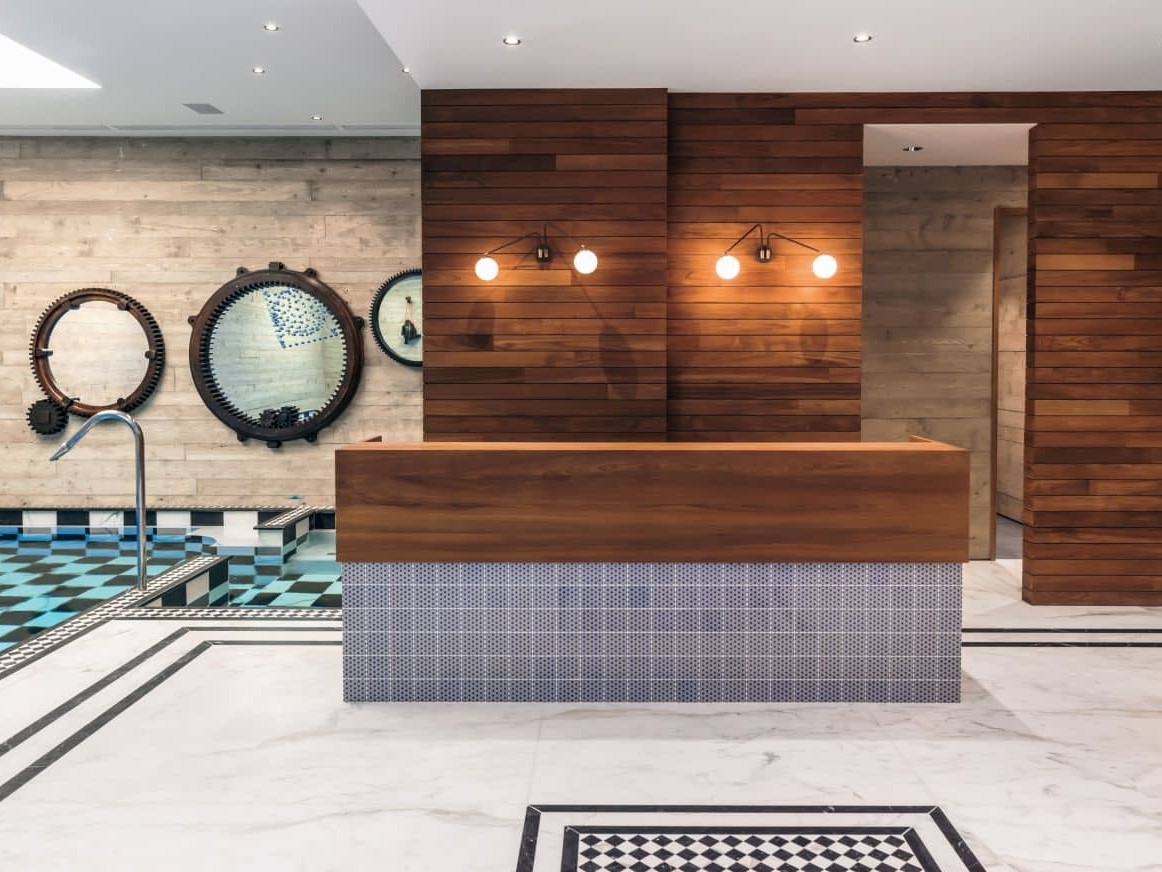Sustainability is a top priority now. From governments and industries to consumers and homeowners, reducing CO2 emissions and protecting the earth is something that should concern us all. But what about your interior design?
Whether you are creating a new workspace or redesigning your home, the sustainability of your surroundings can have a major impact on your health and well-being. What is more – making sustainable choices when curating your designs can reduce the carbon footprint of your properties too.
Let us look at how the interior design world is becoming more sustainable and find out how you can incorporate sustainability into your own interiors:
Recycled and Reclaimed Materials
One of the easiest ways to make your interiors more sustainable is choosing furniture and décor that is crafted from recycled and reclaimed materials. Reclaimed wood is a popular example, with a wide array of furniture and hardwood flooring coming from reclaimed timber. However, you can also pick up other reclaimed materials and fabrics, such as leather, bricks, steel, and glass that require no processing before being refashioned into modern furniture or décor.
Alternatively, products made from recycled materials do require some processing, but this is typically still far more sustainable than purchasing items made from non-recycled counterparts. By making the most of the resources already in the supply chain, we can move closer to a ‘circular economy’, reduce waste and create a more sustainable society.
Remember – choose items that are recyclable too as this will enable you to dispose of them sustainably in the future.
Non-Toxic Paints
A new coat of paint can have a transformative impact on any space, particularly if you opt for a new colour palette or finish. However, paint can have a negative impact on the environment and may even affect your health. Fortunately, new paint technologies enable designers and homeowners to opt for non-toxic versions that are better for everyone.
Standard paint contains volatile organic compounds (VOCs), which contribute to air pollution. If you’ve recently painted a room and noticed an increase in asthma or allergy symptoms, it could be due to the VOCs in the paint you used. By switching to a VOC-free or low-VOC paint, you can improve the quality of your surroundings and create a sustainable interior design that feels as good as it looks.
New innovations, such as lime-based paints that absorb carbon dioxide, even help to purify the air in or around your home or workspace and highlight the potential of enhanced sustainability in interior design.
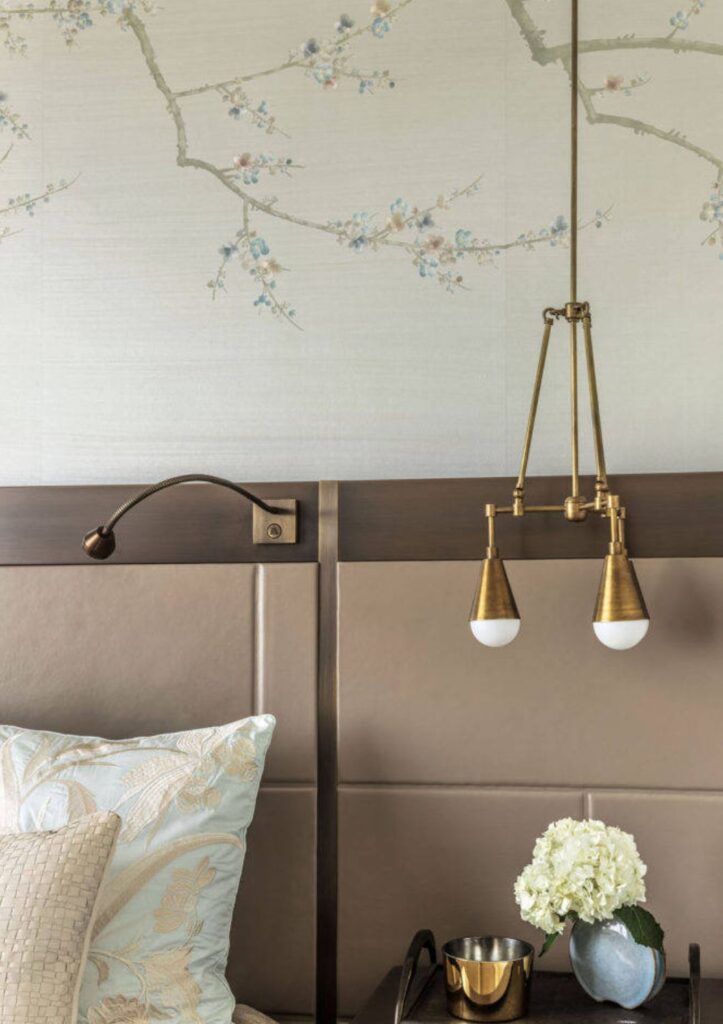
Increased Energy Efficiency
New buildings are typically more energy efficient, but you can always increase the energy efficiency of a space by implementing sustainable interior design. Adding a skylight or choosing sheer drapes over heavy curtains will allow maximum natural light to flow into the room and make you less reliant on artificial light, for example.
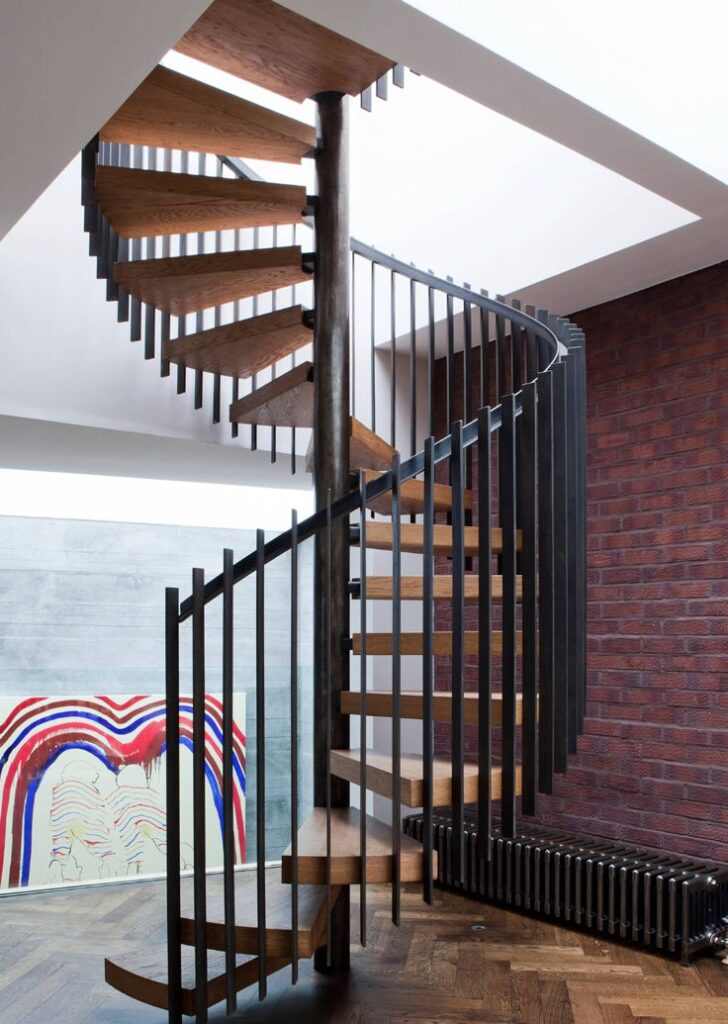
Reducing the carbon footprint of your property is easier than you think, particularly if you incorporate sustainability into your original design plan. Primarily, ensure that the materials you choose are coming from reputable, sustainable designers, craftspeople or companies, and design interiors for optimal efficiency.
If you want to use an array of statement lighting, for example, opt for fixtures made from reclaimed glass and use strategically placed solar panels to provide renewable energy to LED bulbs, rather than relying on incandescent bulbs powered from the mains energy supply.
Living Green Walls
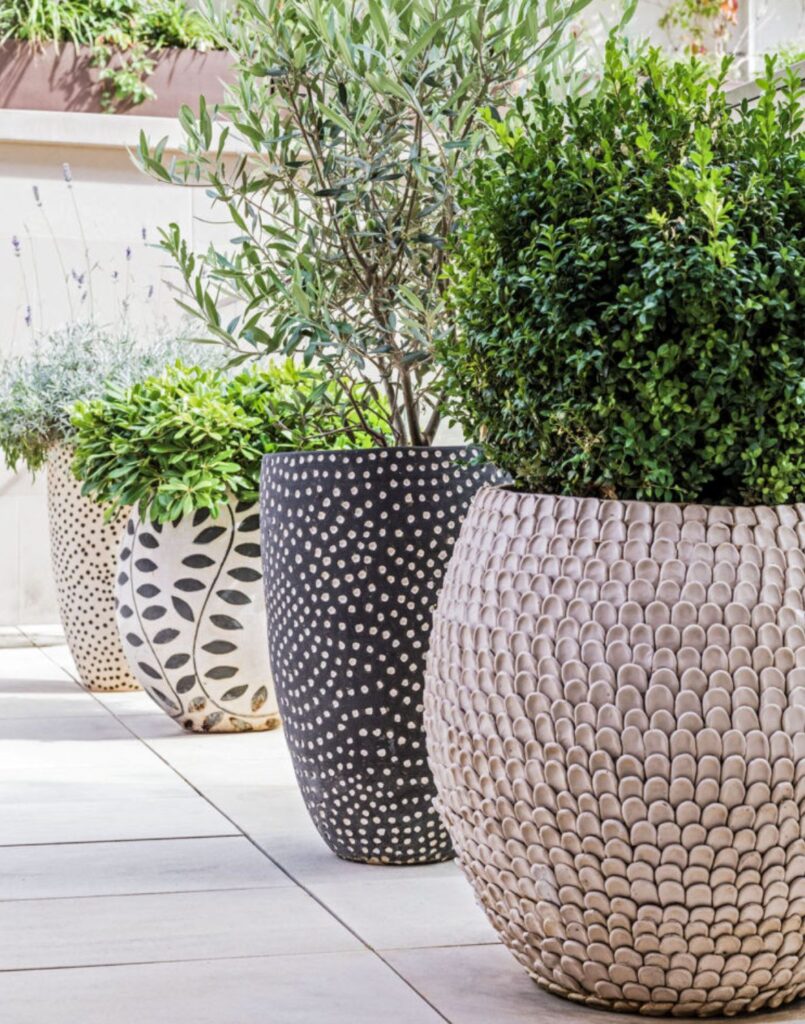
Living walls are a great concept that show how easy it can be to incorporate sustainability in interior design. Each plant ‘wall’ is comprised of smaller components that provide the plants with the nutrient solution they need to flourish. The result? A living, green wall that provides a sustainable, biophilic, nature-inspired interior.
While larger living walls are ideal for workspaces and expansive foyers, smaller options can be an exciting addition to living spaces or dining rooms. As well as being eye-catching and adding visual texture to the space, the presence of greenery and foliage has health-enhancing benefits too. As plants naturally absorb carbon dioxide, they therefore improve air quality. In addition to this, integrating indoor plants into a sustainable interior design has been shown to reduce stress levels, calm anxiety and even boost productivity.
Long-lasting Designs
Trends come and go, which can make it tempting to update your interior design on a regular basis. Of course, choosing a sustainable interior design does not mean you have to eschew the latest styles or miss out on new design trends, but it can mean designing for longevity.
When you plan the next update to your interiors, think long-term and imagine how you want the space to evolve, both in terms of its purpose and its aesthetic. By doing so, you can incorporate this into your current design choices and facilitate a seamless transition. Furthermore, you will be able to choose décor and materials that will stand the test of time and require minimal intervention as your style evolves.
This gives you the flexibility to incorporate the latest interior trends without undertaking a major renovation every year! What is more – selecting sustainable materials and eco-friendly furniture when updating your interiors ensures that you are making choices that will benefit the environment, rather than cause it harm.
Low-Impact Fabric
Fabric is a key component of interior design. Whether you are selecting window treatments, sofas and chairs, area rugs or bedding, the fabrics you choose will have a significant impact on the overall aesthetic. However, some fabrics are more sustainable than others, which is why it is important to take this into account when designing an interior.
Sheep’s wool is a renewable resource that requires limited processing, for example, while hemp produces three times more fibre than cotton but uses half the amount of water in its growth phase. Similarly, felt is typically a low-impact fabric that is biodegradable, and jute is a hardwearing fibre that absorbs carbon dioxide and emits oxygen.
Create a Sustainable Interior Design
Committing to sustainability in interior design needn’t limit your design choices or prevent you from embracing any style you choose. Instead, turning your mind towards sustainable materials and fabrics may even help you to discover previously overlooked options that will enhance your interiors. With a variety of options, including newly created innovations and traditional organic materials, creating sublime, sustainable interior designs can be easier and more exciting than you realise.
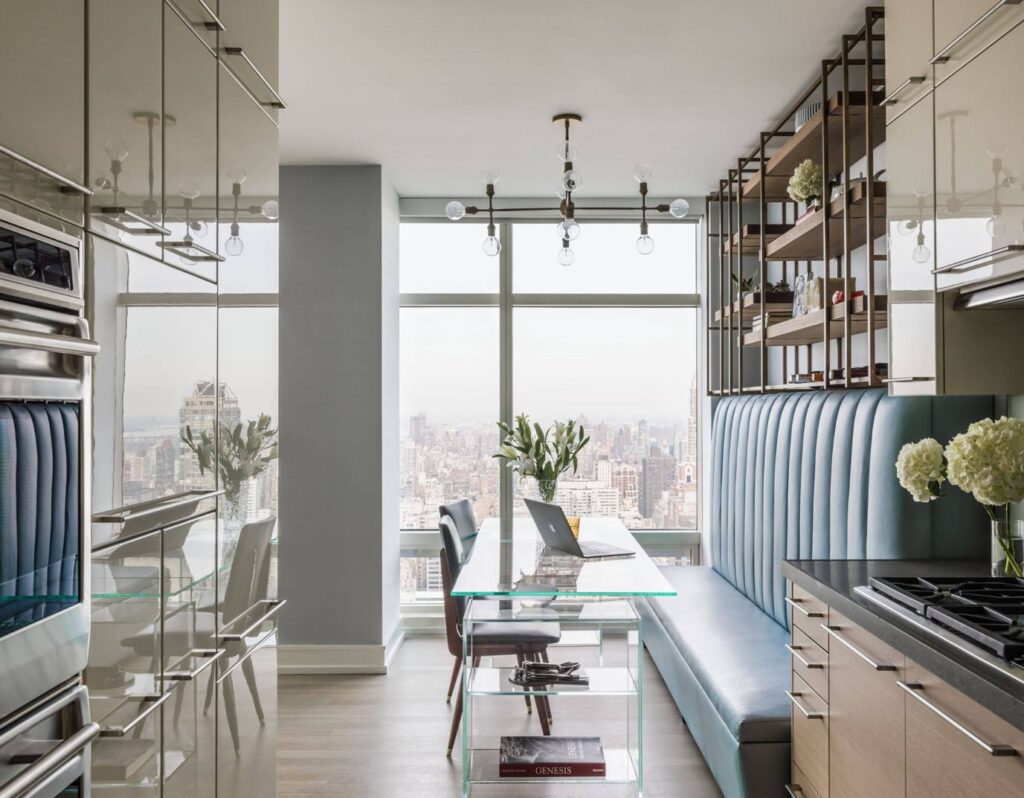
Related articles
Interior Design Trends For Spring 2023
Expect plush velvets, dusty pastels and a focus on minimalism in our roundup.
Home Interior Design And How To Visualise A Space
From mood to layout, we share the essential aspects to consider when designing a home.
Curio Maker Spotlight: Elizabeth Kent Studio
Elizabeth Kent’s mirrored masterpieces meld modern glass gilding and mirror making techniques with traditional print and etching methods.
The Art of Curating A Personal Collection At Home
Five ways your art can transform your home with soul, ambience and character.
Introducing The Shakti Design Residency
We’re so thrilled to launch the Shakti Design Residency in India, a new annual initiative to support emerging international design talent.
Creating the Perfect Home Gym: 7 Design Tips for a Personal Fitness Haven
We reveal seven design tips for the ultimate, motivating workout space.


